Published in the Sunday Navbharat Times on 24 August 2025
Recently, I was invited to a baby’s naming ceremony. After the meet and greet, we all gathered for the big moment when the baby’s name would be revealed, and it got me thinking—here’s this little child about to be christened with a name that will stick for life, and yet the poor baby has absolutely no say in the matter. That’s how most of us are named too, without ever getting a choice in whether we’d rather be called Pappu, Babloo, or Guddi. But what happens if you land up with a name that’s completely inappropriate or has an unsavoury meaning? Well, there’s actually a country that has already thought of this and decided to put a system in place—they have a Naming Committee. Yes, you read that right. Iceland still has an official committee that approves names, even today.
Any name that isn’t already on their approved list has to be submitted for review, and the committee is very much active. Just last year, they gave the green light to names like Kvika (meaning “magma”), as well as Bond, Apollo, and Svarthöfði, while rejecting others like Welding. The idea is simple: protect the Icelandic language by making sure new names follow its spelling and grammar rules, preserve cultural identity, and save children from ending up with names that might cause embarrassment. And here’s the fun twist—in Iceland, almost everyone is addressed by their first name, even the Prime Minister, so names carry extra weight in everyday life. The committee ensures fairness, cultural continuity, and a sense of pride in identity.
So while they hold on to their heritage, you might want to start warming up your vocal cords to tackle Iceland’s tongue-twisting names. After all, wouldn’t you want to share your experience of riding a monster truck across the Langjökull glacier, walking along Reynisfjara’s black-sand beach, or humming Gerua as you stroll behind the waterfall at Seljalandsfoss—or even posing at the plane wreck site of Sólheimasandur?
Iceland is natural beauty at its rawest—dramatic, untamed, and alive. Geologically, it’s a youngster at just 20 million years old, yet it boasts everything: volcanoes, glaciers, geysers, waterfalls, hot springs, and black-sand beaches. Sitting right on the Mid-Atlantic Ridge, where the North American and Eurasian plates drift apart, Iceland is continuously reshaped by earthquakes and eruptions. No wonder it’s called the “Land of Fire and Ice.” Despite the icy name, summer turns Iceland green—meadows, moss-covered lava fields, and wildflowers spread across the countryside. Contrast that with Greenland, its frozen neighbour, whose inviting name was nothing more than a clever marketing ploy by early settlers.
Iceland's natural beauty is waiting to be discovered
We travel for different reasons, and while many countries showcase history and culture through monuments, architecture, and man-made attractions, Iceland is a living, breathing showcase of nature—24x7, all year round. If I had to sum up Iceland in one word, it would be “otherworldly.” The best way to absorb this feeling is through its unforgettable experiences.
Start with the Golden Circle, the country’s most famous route. At Þingvellir National Park, history and geology collide—you can stand with one foot on the Eurasian plate and the other on the North American. Then watch Strokkur geyser shoot boiling water skyward and feel the thunder of Gullfoss waterfall. Adventure lovers will find paradise on Vatnajökull Glacier, Europe’s largest—walk on centuries-old ice, zip across it on a snowmobile, or step into sparkling blue ice caves that look like frozen cathedrals.
Waterfalls are everywhere: Skógafoss for that dramatic Bollywood-style shot, Seljalandsfoss where you walk behind a curtain of water, and Dettifoss, Europe’s most powerful cascade, thundering in the north. Down south, Reynisfjara’s black sands feel both beautiful and eerie, its basalt columns tied to legends of trolls turned to stone. Iceland’s volcanic spirit is everywhere—wander lava fields, hike craters, or stand on land freshly formed by eruptions. For bragging rights, step onto Grímsey Island and cross the Arctic Circle on foot. Wildlife too adds magic: puffins nesting on cliffs, whales off Húsavík, and the charming Icelandic horse with its unique tölt gait. And of course, there’s the iconic Blue Lagoon—slipping into its milky-blue geothermal waters surrounded by lava fields feels like nature’s own luxury therapy.
Iceland is unique
Iceland’s cultural treasures are just as remarkable. The Norse settlers of the 9th century not only brought livestock but also rich oral traditions, later written as the Icelandic sagas in the 13th and 14th centuries. These epic tales narrate heroic journeys, feuds, and survival against harsh nature. Þingvellir is also Iceland’s most important historical site—it’s here, in 930 CE, that chieftains formed the Alþingi, the world’s oldest parliament. Few places in the world let you straddle continents while standing in the cradle of democracy
What makes Iceland particularly unique is how its seasons bring two extremes, each extraordinary in its own way. In summer, from early June to early July, the sun never sets—you can hike at midnight under golden skies, a surreal, dreamlike experience. In winter, daylight shrinks to barely two hours, but the reward is the northern lights—waves of green, purple, and pink that dance across the heavens, leaving travellers awestruck.
And Iceland isn’t just about landscapes—it’s full of quirks. Around 40% of Icelanders won’t deny the existence of elves and hidden people, and roads are sometimes rerouted to avoid disturbing them. Beer was banned for 74 years, which is why March 1st is now celebrated as Beer Day. Books are everywhere—this tiny nation has one of the highest publishing rates per capita, and Christmas Eve is celebrated with Jólabókaflóð, the “Christmas Book Flood,” where families gift each other books. Icelanders are also crazy about ice cream, eaten year-round, blizzard or not. No McDonald’s here—the fast-food giant shut shop in 2009, and no one really missed it. Even the police don’t carry guns. Weapons are kept locked away and accessed only with special permission, based on the belief that arming police fuels violence rather than preventing it. For us Indians, used to the nonstop buzz of our cities, this feels like another universe—calm, safe, and peaceful. In fact, Iceland has topped the Global Peace Index as the world’s safest country for over a decade.
And if you’re a Bollywood buff, Iceland already feels familiar. Remember Shah Rukh Khan and Kajol in Gerua from Dilwale? Those waterfalls, glaciers, and black-sand beaches were all Iceland. Today, many Indian travellers carry a sari just to recreate Kajol’s iconic look at Skógafoss or Reynisfjara. Iceland may be Nordic, but thanks to Bollywood, it has a soft corner in the Indian heart.
Best of all, Iceland works beautifully as a standalone destination or combined with a Scandinavian holiday—Norway, Sweden, and Denmark are just a short flight away.
Veena World
At Veena World, we’ve crafted itineraries that showcase the very best of Iceland. From glacier walks and Blue Lagoon dips to Golden Circle tours and northern lights hunts, our trips combine adventure with comfort. We also make sure you don’t miss out on local touches—tasting Icelandic delicacies, learning about sagas, or soaking in hot springs under the midnight sun.
Some countries you travel to see. But Iceland? You travel to feel. It’s where Earth’s raw power meets quiet beauty, where myths still linger in mossy rocks, and where even Bollywood couldn’t resist dancing.
If you’re ready to experience a land like no other, Iceland is waiting—with fire, ice, and magic.










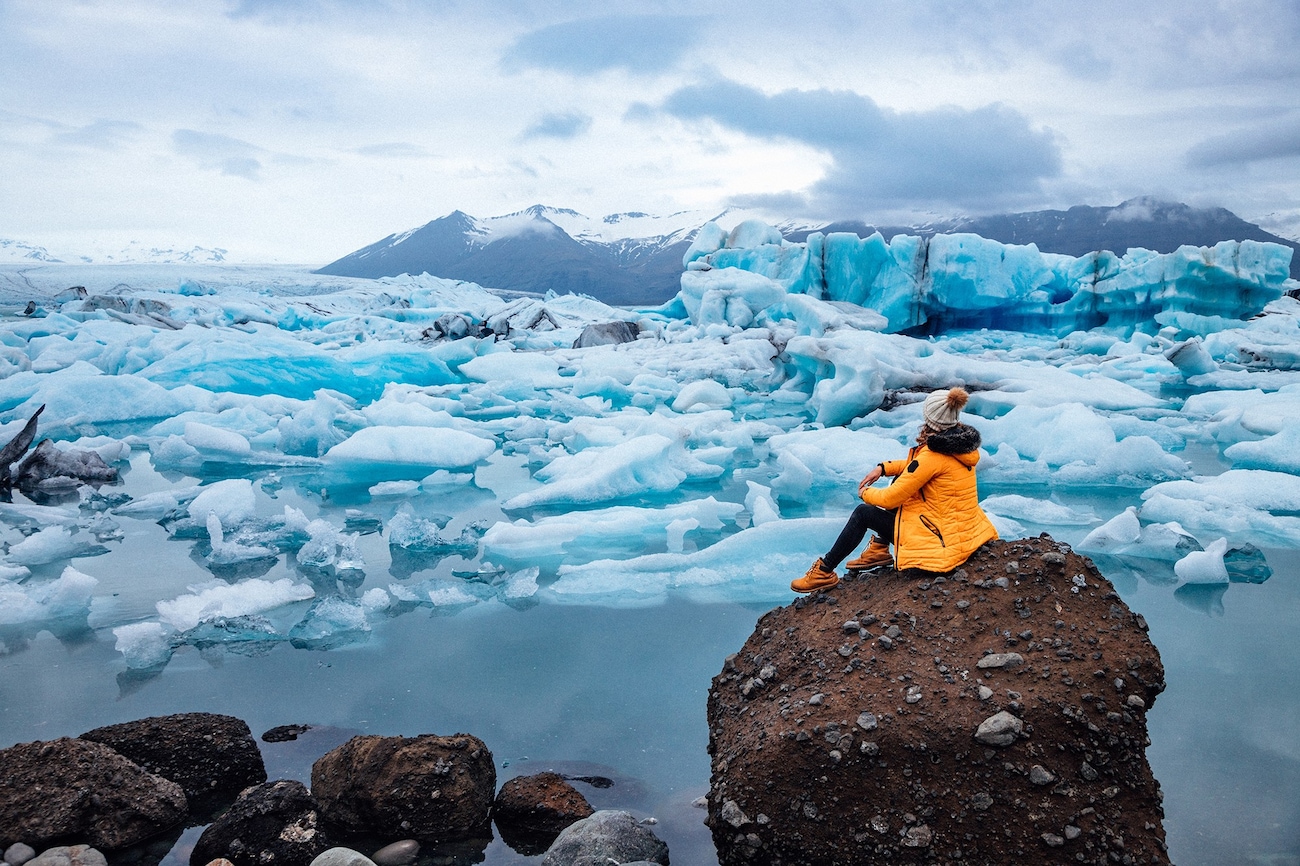
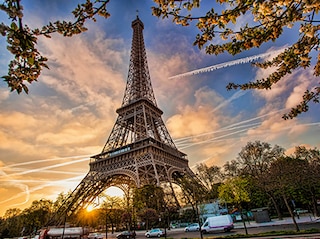
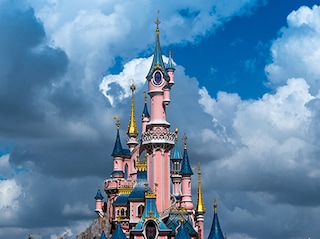
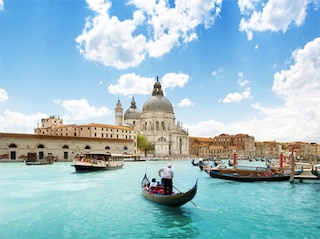
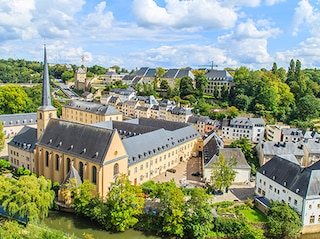
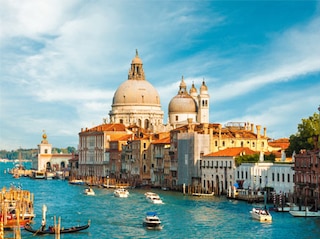
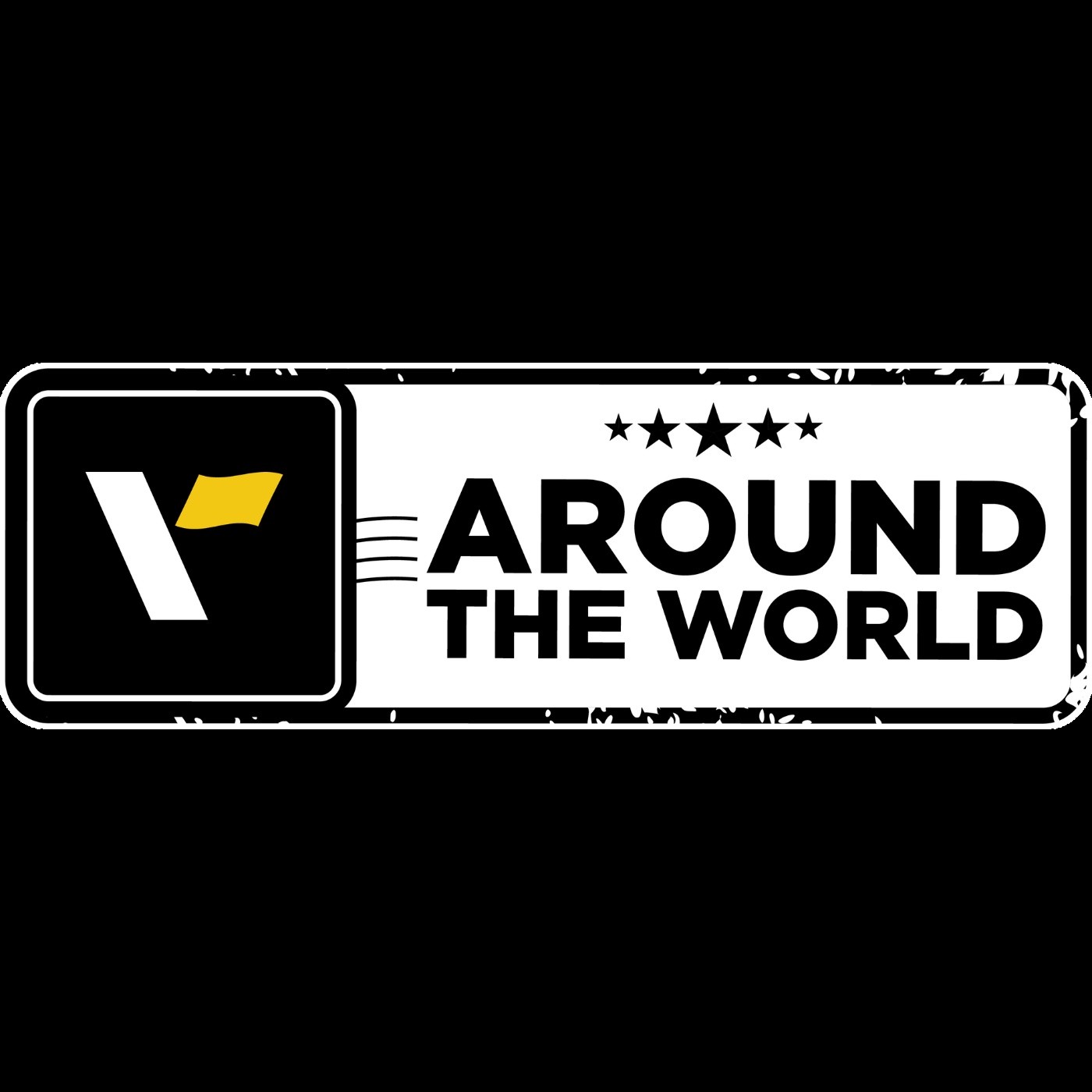

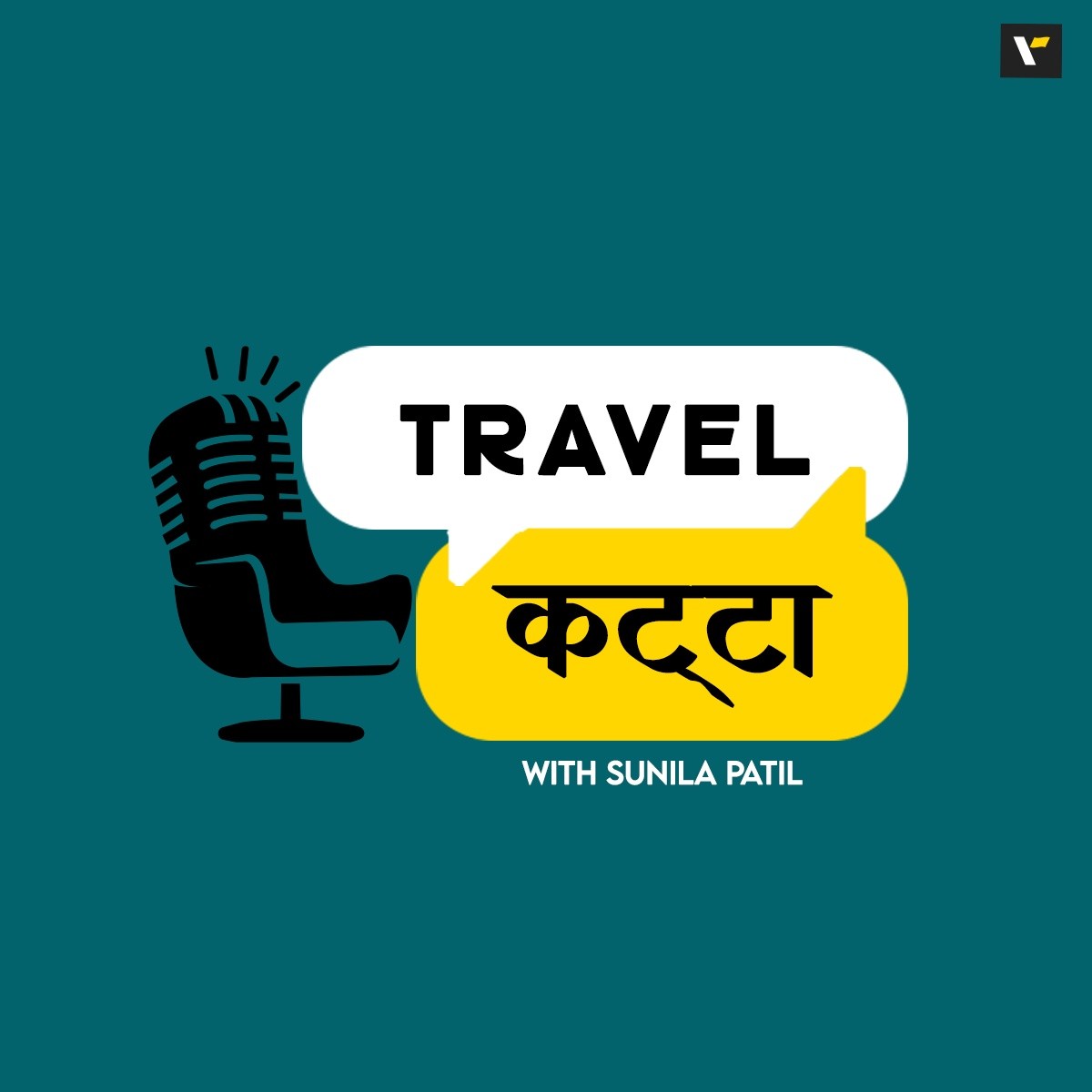
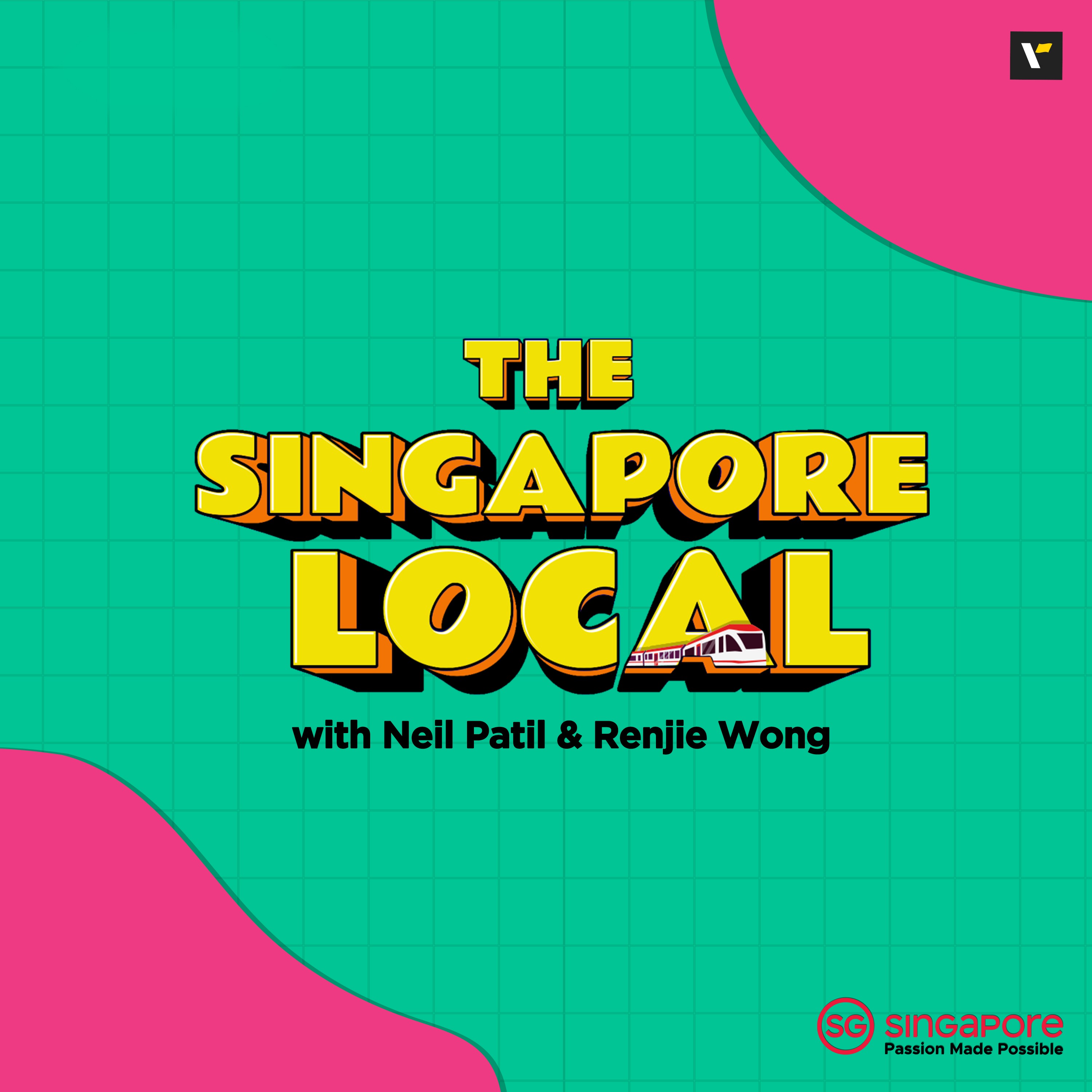

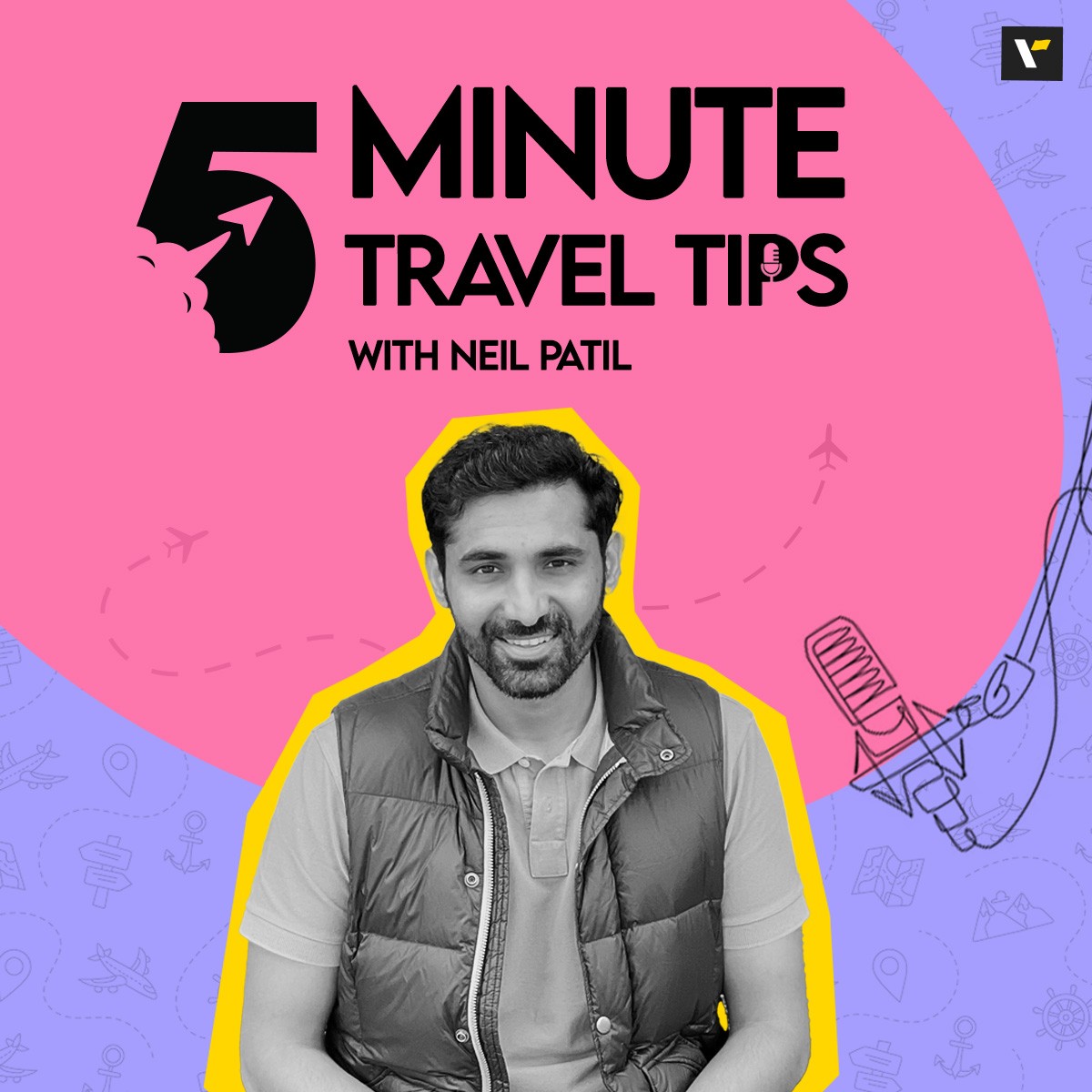




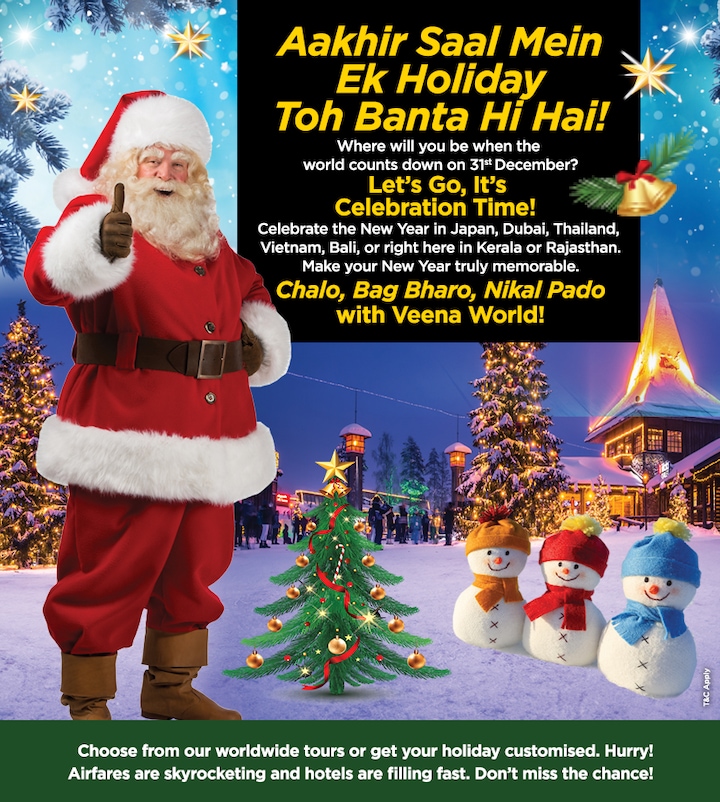



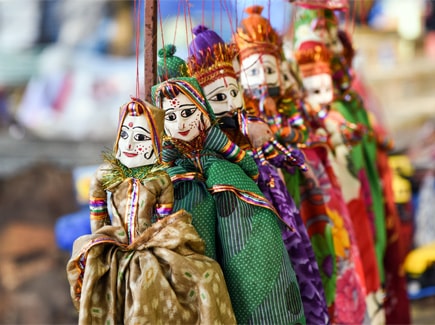
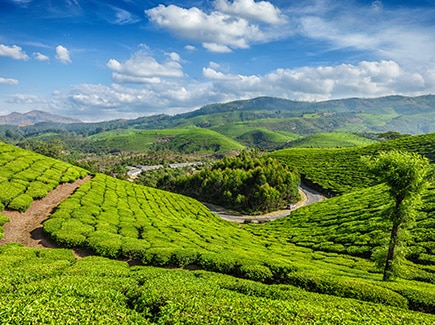
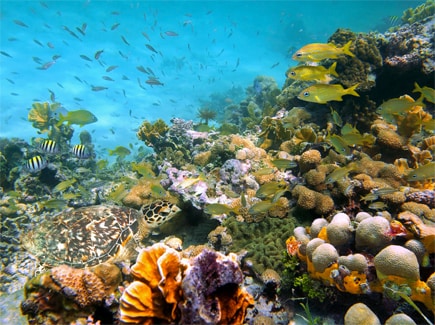
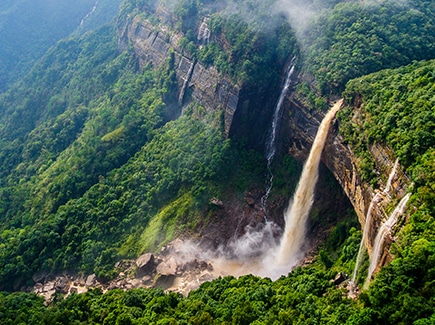
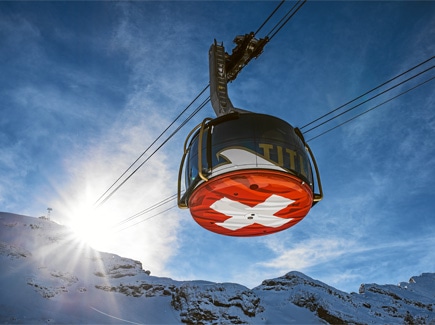
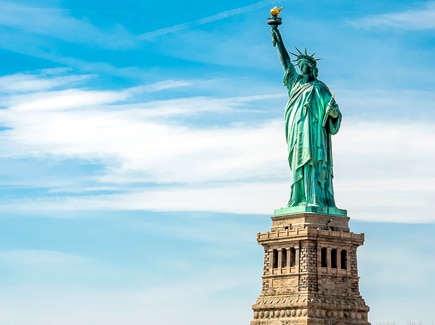
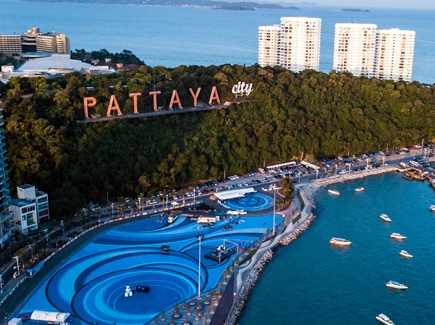
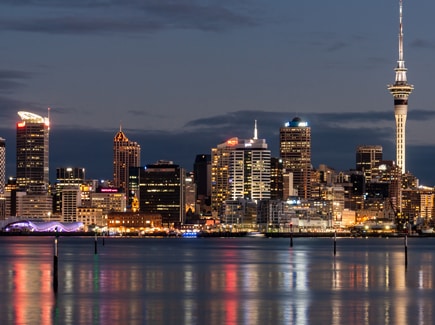
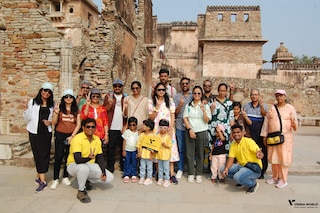

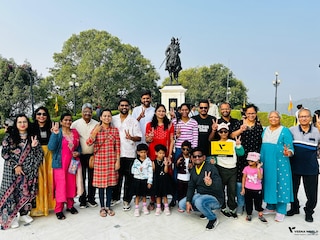
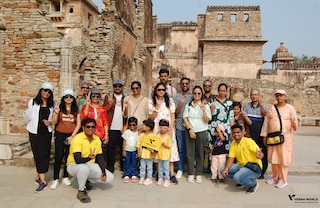
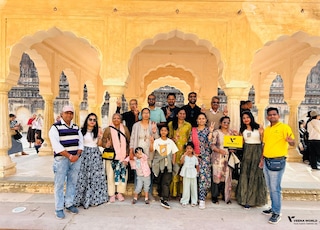
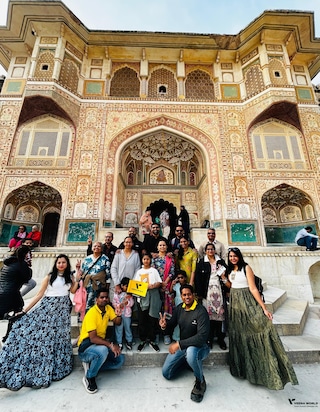


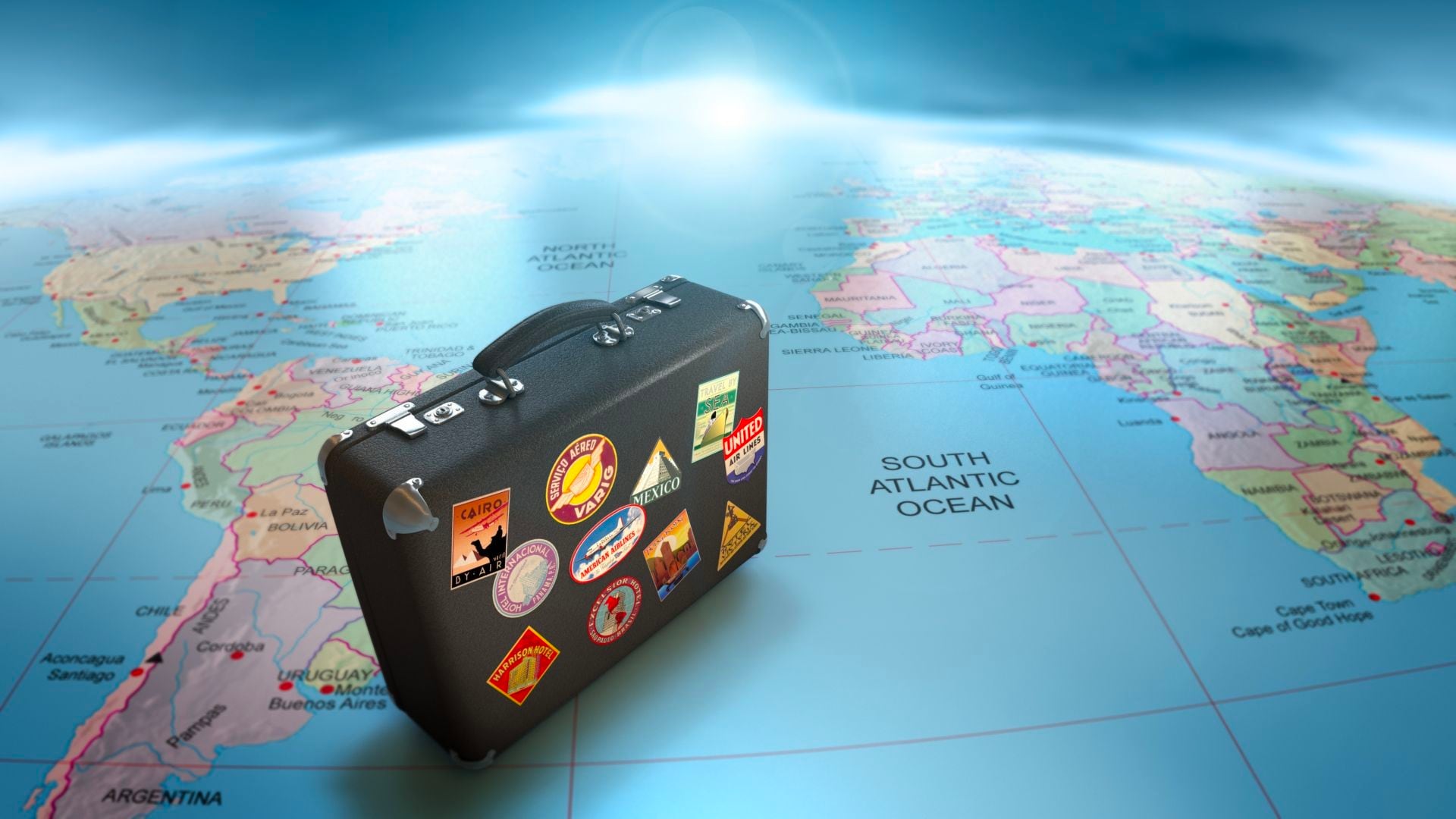

Post your Comment
Please let us know your thoughts on this story by leaving a comment.